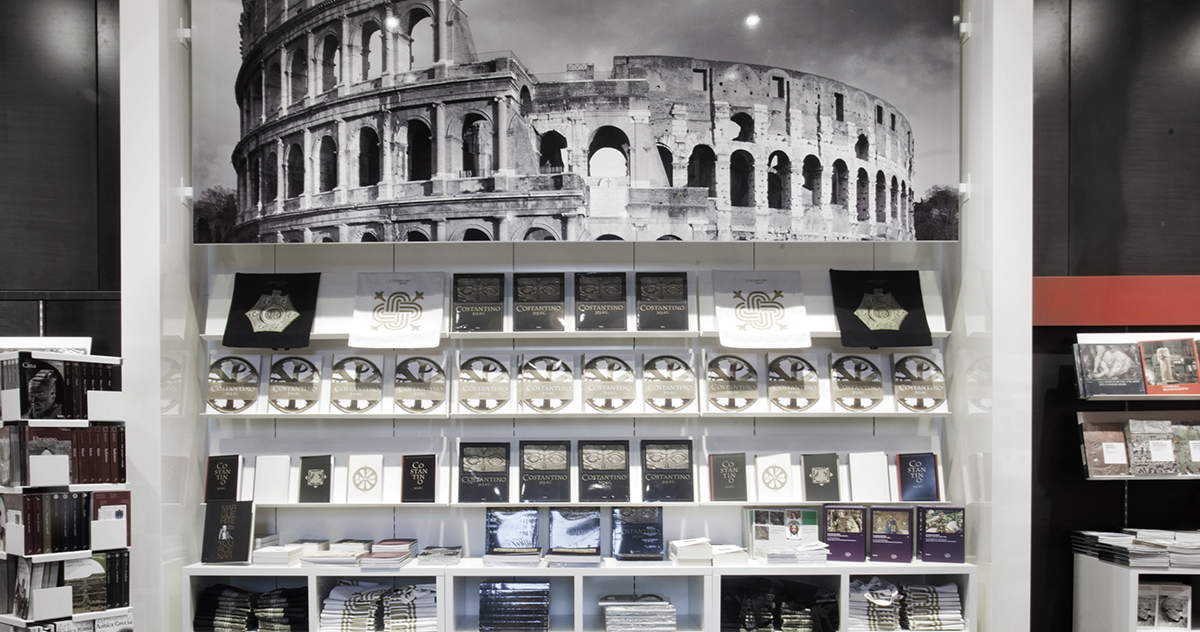The involvement of private individuals in the management of cultural heritage is now acquired as a staple, but conditions and perspectives have changed considerably over time. I will not dwell here on the support of private individuals as patrons or sponsors; instead, I would like to offer some thoughts on the direct participation of private individuals, in different capacities, in the management of museums. It seems light years ago since the heated discussions around the 1993 Ronchey Law that sanctioned the entry of commercial enterprises and cooperatives in museums to activate ancillary services, then gradually extended to “essential” functions such as education, organization of temporary exhibitions, and communication. However, even today prejudicial positions of closure toward outsourcing or toward new forms of governance such as foundations are not conducive to a calm analysis of the benefits and criticalities encountered, nor to the search for possible solutions.
The initial purposes of private involvement were to improve museum offerings and “relieve” public administrations of tasks for which there was no in-house expertise, which required organizational flexibility in the use of staff, entrepreneurial skills entrepreneurship, adequate technological equipment, but the guiding criterion was affordability, the possibility of acquiring from the use of public spaces and from the revenues derived from the same services, additional financial resources to reinvest in “nobler” activities.
It cannot be denied that this process has produced an overall modernization of our museums, starting with the systems of reception, information, visitor orientation and comfort, achieved also thanks to the functional adaptation of the buildings, ensured by extraordinary public funding, and the renovation of the displays. It also gave impetus to scientific and popular publishing production and fostered the development of initiatives and events that expanded audience and attractiveness.
Of course, alongside these positive aspects, there have also emerged critical issues and in some cases conflicts, caused mostly by erroneous assessments of the economic viability of concessions by companies, an unclear division of roles and responsibilities in calls for tenders and contracts, and the failure to involve private individuals in making basic choices and finding solutions to unexpected difficulties. Similar problems have been found in local museums, where in-house companies have been used and, increasingly, global service, with total outsourcing of services. The substantial reduction in public spending by municipalities and the lack of staff turnover have in some cases made this system inevitable, which risks, however, taking the form of a total abdication of public responsibilities when the museum’s mission and objectives are not clearly defined and planning and coordination functions are not provided for under competent figures permanently incardinated in the relevant administrations. Another concern relates more generally to the situation of staff not permanently incardinated in museums. The serious, progressive depletion of the institutes’ staffing levels has led to the involvement of cultural professionals, individual collaborators or employees in companies, with different contracts that do not always correspond to their qualifications, generating precarious work and not providing adequate protections. An internal rebalancing between the stable employment of professionals and the use of external professionals (also to ensure continuity of important services such as educational ones) seems necessary, together with the definition of regulatory instruments of guarantee for all workers.
 |
| The bookshop of the Colosseum. Ph. Credit Electa |
On all these issues ICOM Italy has launched a series of in-depth studies: a first opportunity for discussion, through the voices of experts and insiders, there was on November 21, 2020, in the webinar dedicated to New perspectives of public-private partnership: roles, professionalism, skills(www.icom-italia.org). Even in light of the critical issues highlighted by the current crisis, it seems clear that the relationship between public institutions and private individuals will have to be approached with a different vision and approach in the future: private individuals must increasingly be seen as partners who share the museum’s cultural project, and thus become co-responsible for the quality of services and its overall image; each museum must independently examine which services to outsource, not losing sight of its identity and the links that bind all the activities, evaluating not only the economic convenience derived from fees and royalties, but also the ability of private individuals to provide creative contributions, to develop activities not strictly related to visiting, and to open new paths of interaction with local communities;
it is necessary to study and share with concessionaires and other partners optimal organizational models that integrate and enhance the skills of internal and external professionals; it is necessary to introduce within contracts forms of flexibility that authorize mechanisms for redefining performance and remuneration over time.
Article 151(3) of the Public Contracts Code also allows the state and territorial authorities to activate special forms of public-private partnership with simplified procedures. Designed primarily to restore, open to the public and revitalize sites and architectural complexes, imagining diversified uses and activities, these agreements can also be usefully experimented with in the museum sphere, in order to host cultural, social and recreational activities, welcome proposals from artists, filmmakers, actors, musicians, artisans and associations in the area, bringing new life and strengthening relations with citizens. Business investment in innovation, a strong involvement of the Third Sector, a more intense dialogue with other cultural sectors, and greater awareness of the needs of the public and target communities are important elements in designing the future of our museums!
This contribution was originally published in No. 8 of our print magazine Finestre Sull’Arte on paper. Click here to subscribe.
Warning: the translation into English of the original Italian article was created using automatic tools. We undertake to review all articles, but we do not guarantee the total absence of inaccuracies in the translation due to the program. You can find the original by clicking on the ITA button. If you find any mistake,please contact us.